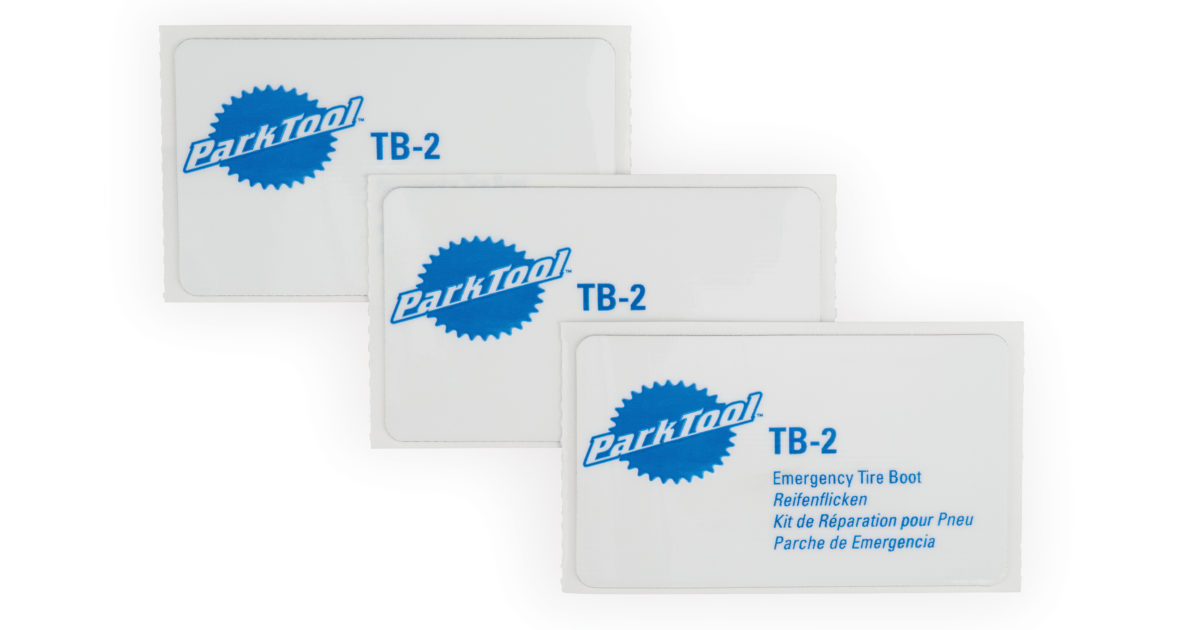The Schwalbe Marathon Plus is pretty much the acknowledged king of the urban utility world in terms of being flatproof. Its advertised as 'flatless' and thats what its been for me across a few bikes. The cargo bike broups I frequent all sing its praises. I use the Marathon Plus Tour because it has a pretty significantly articulated tread - smooth rolling but knobby-esque - so its a great winter tire I can leave on for the usmmoer, and here on the coast I need tread year round because of the sand drifts that can pop up on the bike trails on any given day.
Another very common 'flatproof' tire in the same vein is the Continental Contact Plus which is available in a variety of 26", 27" and 700C sizes. Widest is the 26x2.2 though, which I have used on my Envoy. It used to be a cheaper tire than it is now. Big sales into rental fleets as again its essentially flatless and wears like iron... but it also rides like iron too. The Marathon Plus rides like a pillow compared to the Conti's.
The Schwalbe Super Moto X and a few others not as extreme as the Marathon in their product line use a thinner puncture-resistant belt. Thats the tire that failed on me with a 3/4" tear from God knows what back in January.
You won't find fat tires with built in belts or flat protection that is not just marketing BS. The reason is weight I think. Exceptions to this are a few really REALLY heavy 20" fat tires, or bona fide moped/light motorcycle tires if you have rims that will fit them.
On the (relatively) tiny side (700x28c), just last week I put Continental Gator Hardshells on my 1984 Vitus/Mavic SSC road bike. First bike I ever built and bringing it out of mothballs a bit here and a piece there. I still need to lose a few pounds off my gut before I should be riding it even with what are oversized tires for that bike.
View attachment 160427
